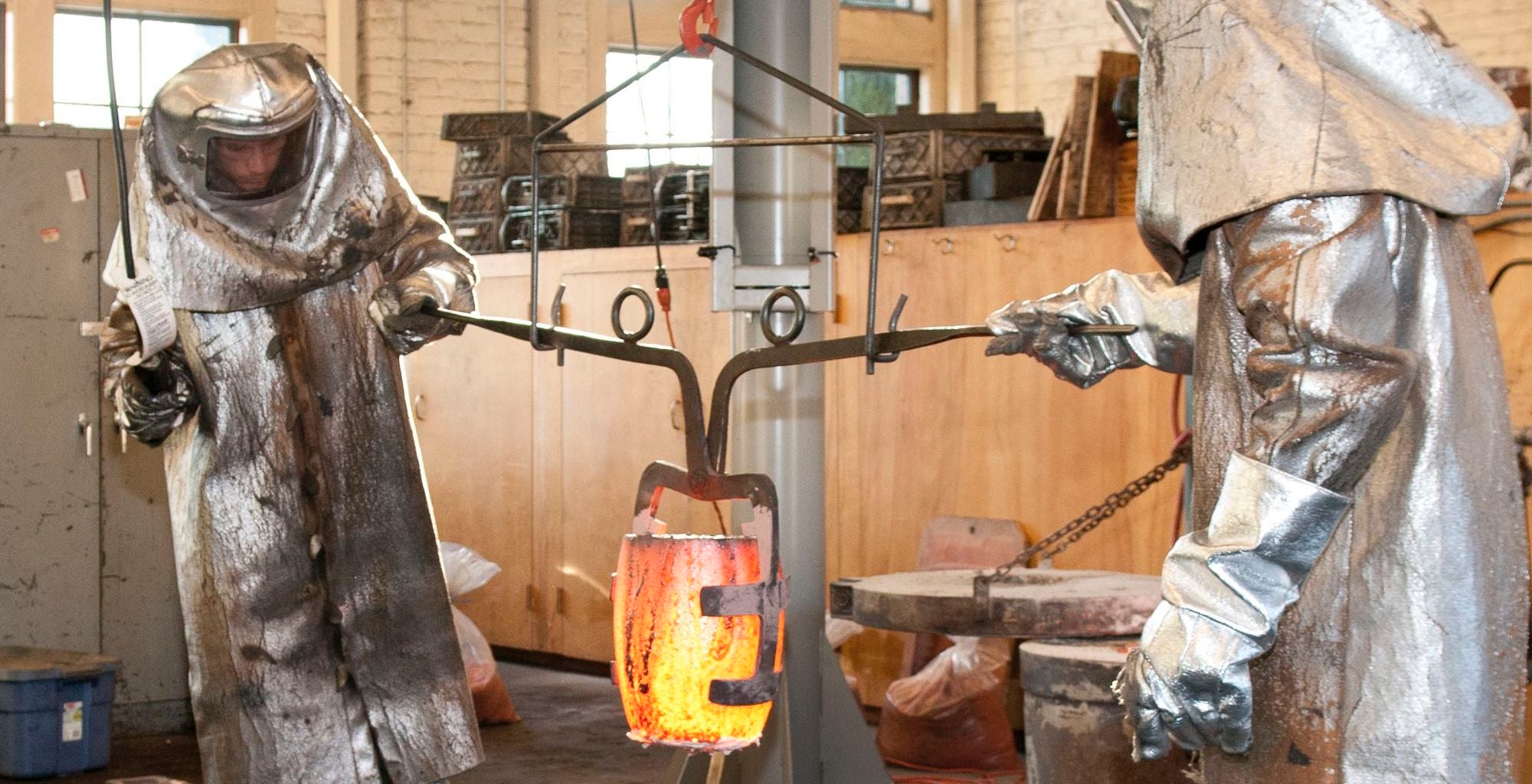The many makerspaces of the Stanford campus
Dozens of spaces at Stanford help students and faculty – and, in some cases, staff and community members – explore their inner maker while also supporting those who are experienced creators.
Whether a person’s dreams involve DNA synthesizers or dresses with pockets, almost any idea can come to life in one of the dozens of makerspaces dotting the Stanford University campus. These spaces offer all manner of mentorship, materials and equipment – easels, lathes, 3D printers, recording studios, sewing machines, microscopes, spectrometers and even a forge – for the purpose of encouraging hands-on, creative learning and community building.
“The experience of holding something in your hands that you made is much more visceral than an article or an end-of-term paper,” said Quinn Dombrowski, academic technology specialist in the Division of Literatures, Cultures and Languages at Stanford and founder of the Textile Makerspace in Pigott Hall.
Go to the web site to view the video.
Stanford has emphasized hands-on learning from its inception. University founders Jane and Leland Stanford were outspoken advocates for the value of skilled labor and decreed in the founding grant that the campus should house whatever museums, galleries, labs and conservatories were necessary to foster not only personal success in its students but also “direct usefulness.”
Now, with makerspaces for art, science, engineering and projects that defy discipline, Stanford has enthusiastically followed its founders’ decree – boosted by modern enthusiasm for learning from failure and having more physical experiences.
“In a world that’s become more digital and online, hands-on making has become all the more vital,” said Harry Elam, senior vice provost for education, vice president for the arts, and the Olive H. Palmer Professor in Humanities. “It’s an outlet in a variety of ways, a creative outlet in some ways for self-expression and in other ways for critical and intellectual engagement.”
Community, creativity and openness
After repeatedly hearing the staff of Stanford’s Product Realization Lab (PRL) challenging incoming graduate students to make their ideas reality, Chris Gerdes, professor of mechanical engineering, took the dare and proposed building an entire car. The result was the P1 experimental vehicle, a project Gerdes admits he might not have attempted if he knew in advance how hard it would be. That being said, he hopes that the students who witnessed him in the throes of the creative process were encouraged to embark on their own ambitious projects.
“You don’t really understand something unless you’ve built it and broken it,” said Gerdes, who co-leads a team focused on campus makerspaces as part of the university’s long-range vision. “If students can take ideas that are in their head and get good at the prototyping and testing and revision required to make them real, that’s a skill you can take to anything else you do in life.”
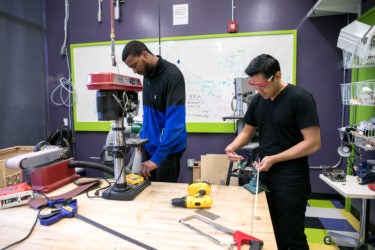
Image credit: Holly Hernandez
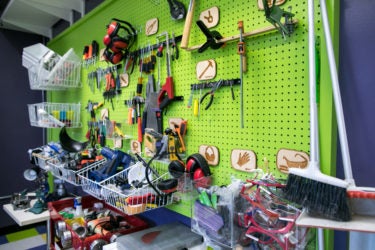
Image credit: Holly Hernandez
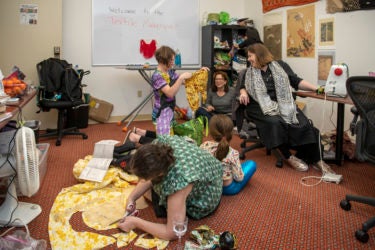
Image credit: L.A. Cicero
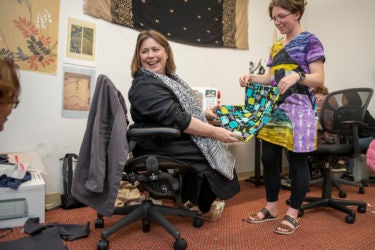
Image credit: L.A. Cicero
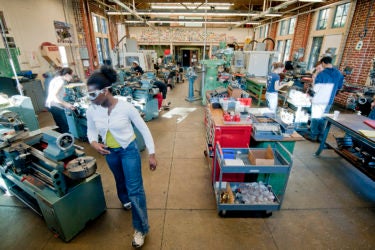
Image credit: L.A. Cicero
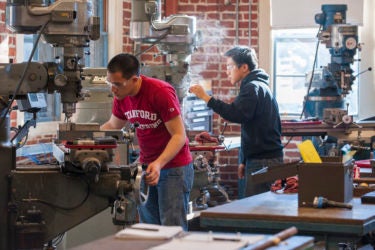
Image credit: L.A. Cicero
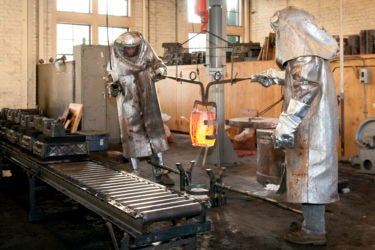
Image credit: L.A. Cicero
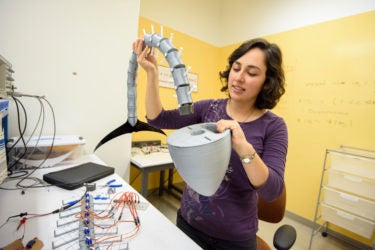
Image credit: L.A. Cicero
Years later, Gerdes’ PRL experience exemplifies the core values that his team deemed essential to successful makerspaces: community, fostering of creativity and openness. Together, these values support spaces where people are encouraged to take risks, find inspiration and ask for help.
“When we sat down with people from very different areas to talk about making, it was surprising that the value system of scientists and engineers reflected so well the values that, for instance, the documentary film program holds,” said Jamie Meltzer, associate professor of art and art history and co-leader of the makerspace team. “Studying our makerspaces opened up my eyes to how making transcends disciplines. It seems like an essential activity of human existence and defining who we are.”
Given making’s broad, universal nature, Meltzer stressed the need to continue supporting spaces dedicated to specific areas of study – such as those restricted to students enrolled in certain courses. These places promote a special sense of community, different from the mixture of makers you’d see in more interdisciplinary makerspaces, and serve important functions for academic projects.
“In a place like the Roble Arts Gym, which is specifically an arts makerspace, you can find like-minded students and even potential collaborators,” Elam said. “If you’re an artist, it’s a place where you can know that there is a community, that you’re not alone in being an artist at Stanford.”
Gerdes and Meltzer are now moving forward with plans to better unify the existing makerspaces. This process includes supplying the people who run these spaces with funding for improved resources and collaboration, and supporting them in determining a campus-wide organizational structure. They have also proposed a new shared makerspace teaching assistant (TA) position for graduate students. Instead of being assigned to one specific space, these TAs would rotate through several different spaces, a valuable opportunity for both the spaces and the TAs. The possibility of new makerspaces has also been considered in the reimagining of White Plaza as a town center and the reconfiguration of campus residential communities, both also part of the university’s vision for the future.
Making at Stanford
Unlike many other educational environments in college, makerspaces unreservedly embrace an atmosphere where people are allowed to try something new – and be bad at it.
“I have the world’s worst spatial imagination. So, in 10 years of sewing, I’ve gone from being abysmal at it to merely bad,” Dombrowski said. “The fact is, you can still get something out of it and you can almost always try again.”
This low-stakes setting is also ideal for people hoping to learn about a technique or tool that’s already familiar to their colleagues or classmates, explained Claudia Dorn, manager of resources and community in the Office of the Vice President for the Arts. Dorn has helped create several arts makerspaces, including the Roble Arts Gym, to support students’ academic and extracurricular work. Additionally, she said she hopes these spaces can inspire visitors to produce projects beyond what’s required or expected of them.
“We want people to come in and say, ‘I have never used a 3D printer,’ and we can teach them or they can teach themselves without feeling pressured,” Dorn said. “Where they go from there could change the whole course of what they study or what they do in their free time.”
The map of Stanford makerspaces featured in this article may be subject to updates as our makerspace offerings change over time. If you see any errors in the current map, please email corrections to tkubota@stanford.edu.

